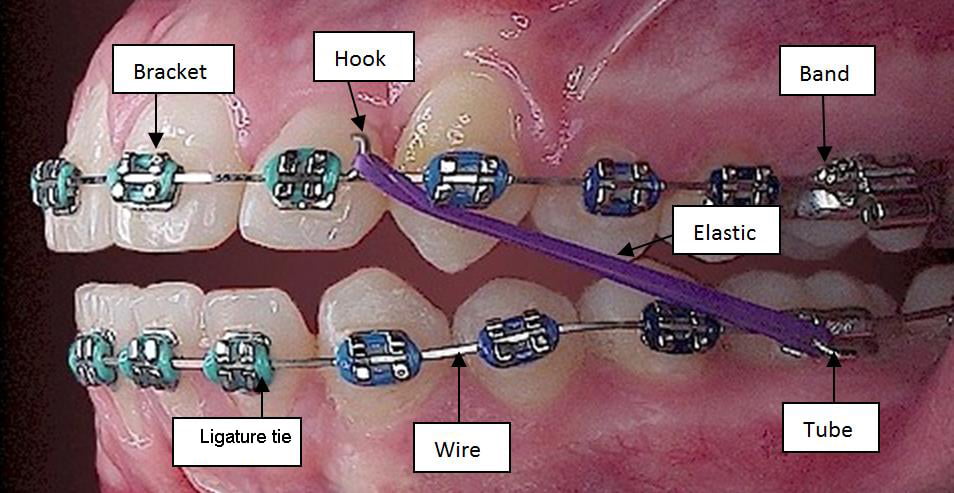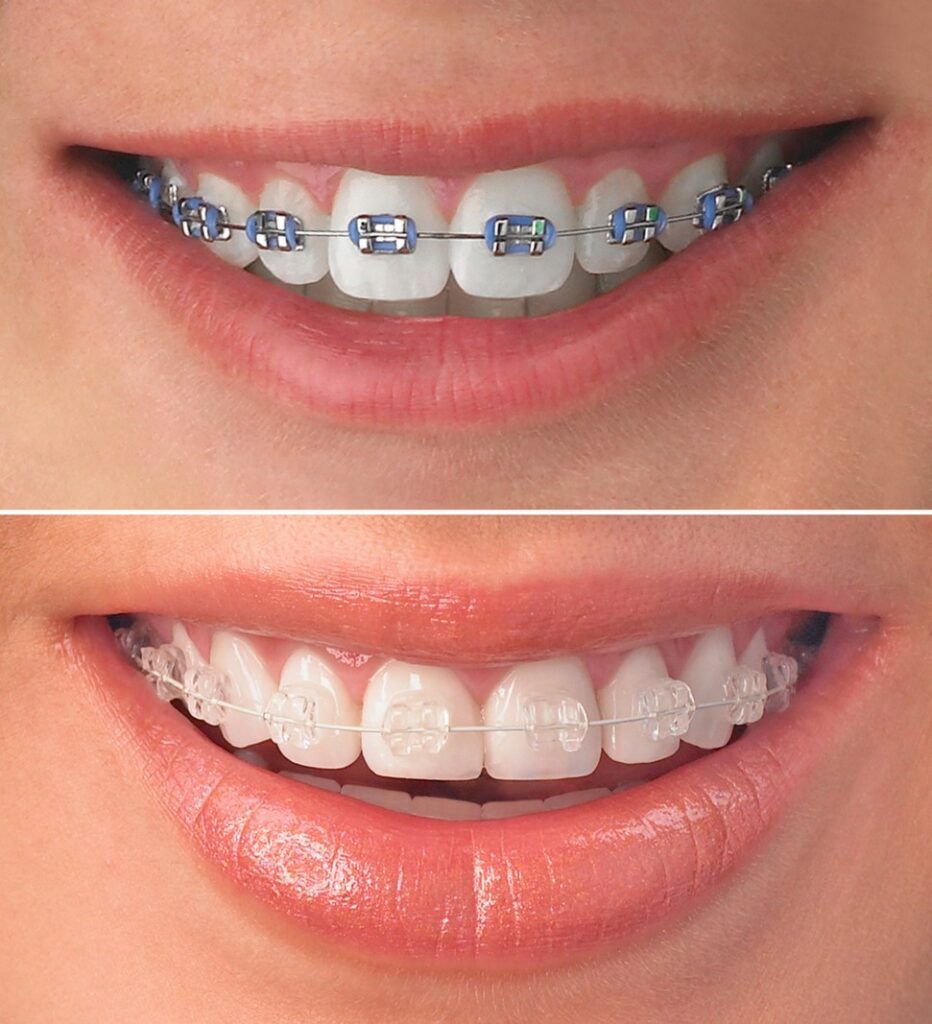Dental braces is a treatment which requires placement of metal apparatus on the tooth surface as a mean to move teeth. It is quite common nowadays for people to have dental braces to a point it has become a trend among the adolescents. It is not limited to adolescents only but can be beneficial to adults as well. The goal of the treatment is to realign your teeth and jaws to produce an even bite and pleasing smile.
REASON OF THE TREATMENT
It is a treatment option to correct these conditions:
- Crowded teeth
- Protruded teeth
- Large interdental spacing
- Reverse bite
- Crossbite
- Open bite
- Overbite
Some patients might have to undergo corrective surgery in combination with dental braces if the problem is severe such as in cleft patients.
SUITABLE TIME TO GET IT DONE
It is a good idea to have an orthodontic evaluation as early as 7 years old. Some orthodontists might suggest for interceptive treatment around the age of 10-14 years old. This will shorten or eliminate the needs for braces. The idea of getting the treatment early is to shorten the treatment duration. The jaw and bone are still growing and the teeth are easier to move around these age.
Preparation before getting the treatment generally involves:
- Consultation with an orthodontist to lay out a tailored treatment plan for each patient.
- Each patient will need to take two type of radiographs; panoramic and lateral view. The position of the teeth, root development and skeletal feature of the patient can be evaluated from these radiographs.
- Casting a study model by taking an impression to examine the bite outside the mouth.
- In some cases, tooth extraction is needed to create some space to move teeth.
- Bonding up braces and periodic review until the treatment is complete.
- Patient will have to wear retainers following removal of braces.
RISKS
All dental treatment carries potential risk. Among the risks of dental braces are:
- Demineralization of the enamel surface .
- Tooth decay and gum diseases due to difficulty to clean properly.
- Root resorption.
- Relapse after removal of braces which usually occurs when retainers are not worn as instructed.
COMPONENTS OF DENTAL BRACES

TYPES OF DENTAL BRACES
- The most common and the cheapest type is the metal conventional braces. Patient can choose colourful ligature tie to hold the wire onto the metal bracket.
- Clear conventional braces has tooth coloured brackets. It may look invisible to the public.
- Self ligating braces differs from conventional braces by having clip on the bracket. The clip will hold the wire onto the bracket.


We have a visiting orthodontist if you are interested on the treatment. You can book your appointment here to get your braces as soon as possible.

